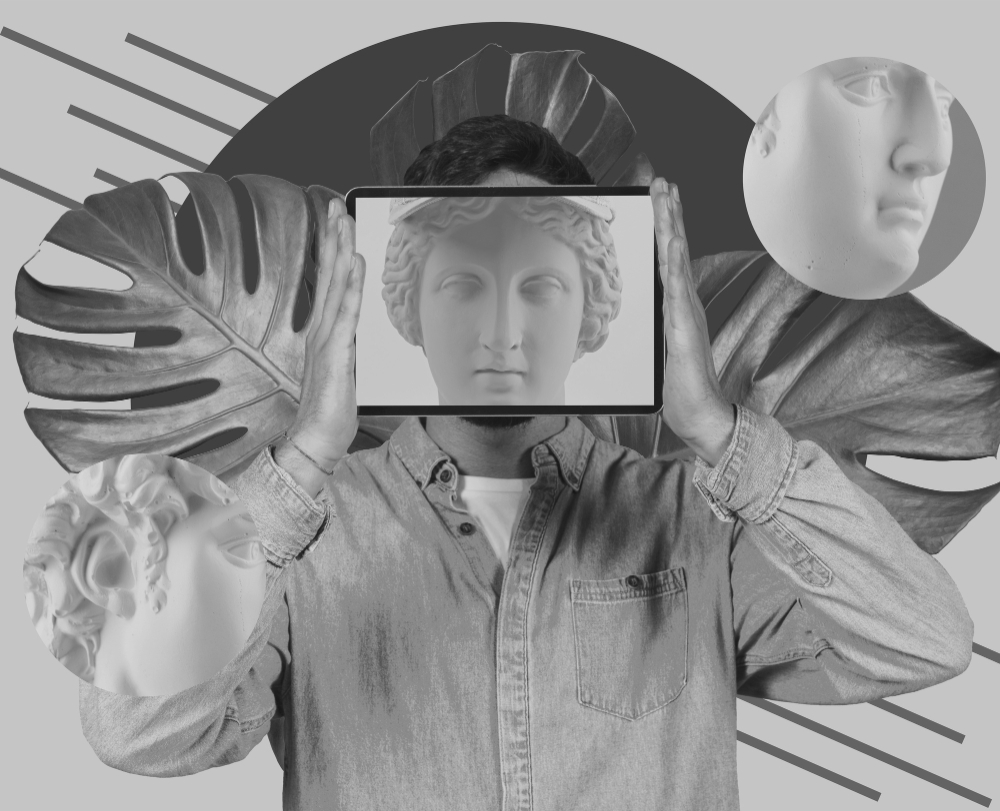What Does Tokenization Mean for the World?
This technology promises to change the way individuals and businesses invest, buy, sell, and even fractionally own physical properties.

We’re talking about a revolution that can make access to traditional assets more democratic, efficient, and transparent.
What is the tokenization of real-world assets?
Tokenization is the process of turning the ownership of a physical asset into digital units, called tokens, which can be bought, sold, or traded using blockchain technology.
These assets can include movable goods, artwork, luxury cars, precious metals, private companies, and agricultural commodities.
Each token represents a fractional ownership of the asset. You could buy a house divided into 1,000 tokens.
If you purchase 100 of those tokens, you own 10% of the house, with all the proportional rights and responsibilities.
Why is tokenization gaining ground?
Democratized access
Real estate and artwork have traditionally been limited to large investors. Tokenization allows anyone with a few dollars to participate in these markets by purchasing small, scalable fractions.
Liquidity in illiquid markets
Many physical assets are difficult to trade quickly. Tokenizing them allows these fractions to be traded on digital platforms in near real time, increasing the liquidity of assets previously considered “locked up.”
Lower costs and less bureaucracy
With smart contracts, steps like ownership verification, dividend payments, and transfers can be automated, cutting legal and intermediary costs.
Transparency and security
Blockchain ensures an immutable record of transactions, reducing fraud, increasing trust, and making it easier to audit and trace an asset’s history.
Real-world cases in the United States
Many projects are showcasing the potential of tokenization, such as RealT, which sells fractional ownership of real estate properties in Florida, Michigan, and Ohio.
Investors receive proportional rent in tokens, usually paid weekly in stablecoins like USDC.
Masterworks tokenizes artwork from renowned artists like Banksy and Picasso. Investors can profit from both the appreciation of the artwork and its future sale.
In the agricultural sector, initiatives like AgriChain and Haverst.io are working on tokenizing commodities such as soy and corn.
What are the main challenges?
Regulation in development
The SEC (Securities and Exchange Commission) is still creating clear guidelines for tokenized assets. There are questions about how to classify these tokens—are they securities, commodities, or something entirely new?
Technological infrastructure
Although blockchain is maturing, integrating the digital and physical worlds still requires complex verification processes, such as confirming asset ownership and legally executing token-related rights.
Public adoption
Many investors are still wary of crypto market volatility or don’t fully understand how tokenization works, which means educational initiatives will be essential.
The role of traditional institutions
Traditional banks and financial institutions are starting to embrace tokenization. JPMorgan, for example, launched Onyx, a platform for institutional assets.
BlackRock has also shown interest in using tokens to represent stakes in funds and complex financial products.
A more accessible and efficient future
Imagine a future where any American citizen can invest $50 in a hotel in Las Vegas, a plot of land in California, or even a barn in rural Iowa.]
Or receive proportional dividends from a vineyard in California directly to their digital wallet.
With tokenization, this future is not far off. Decentralized platforms, digital wallets, smart contracts, and stablecoins are coming together to create a new ecosystem.
Tokenization and financial inclusion
Beyond benefiting investors, tokenization can support local communities and small businesses.
Small farmers, entrepreneurs, or property owners who previously couldn’t access bank financing can now raise funds by selling fractions of their assets directly to interested investors—without giving up full control of the asset.
This approach strengthens the real economy, enables the decentralization of credit, and brings communities and investors closer together—with more autonomy and transparency for everyone.
Conclusion
The tokenization of real-world assets is breaking down long-standing barriers in the American financial market.
It’s not just changing how we invest—it’s expanding what we’re able to invest in.
In a country like the U.S., known for its legacy of innovation and entrepreneurship, this movement is only just beginning—and it has the potential to profoundly reshape the future of finance.
